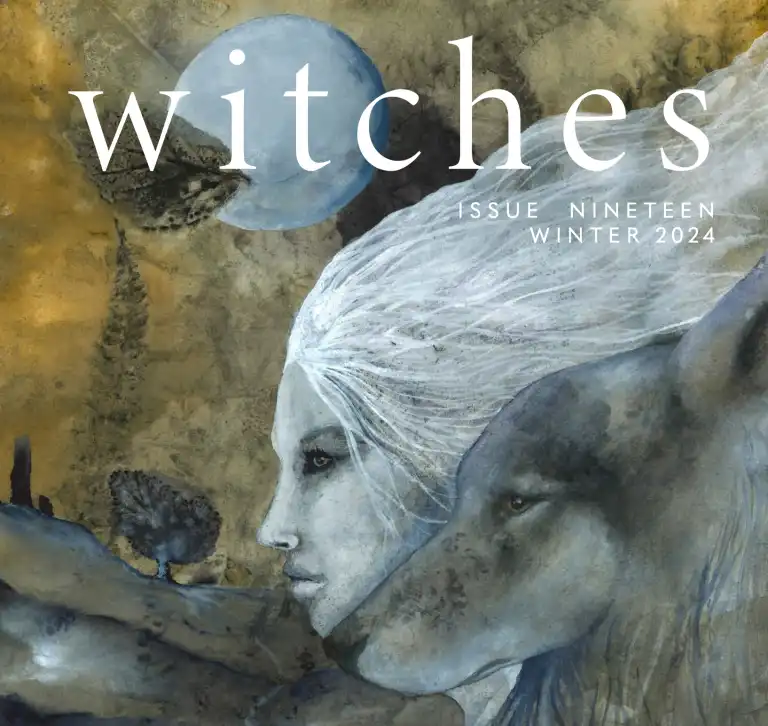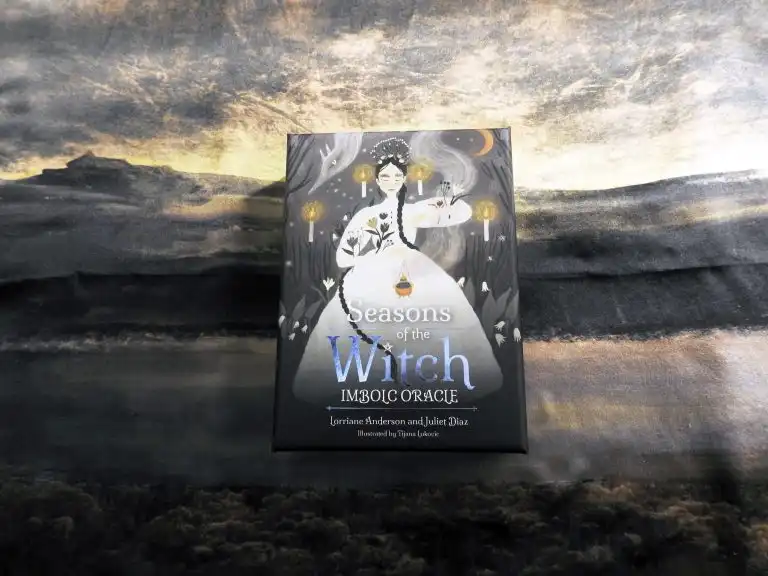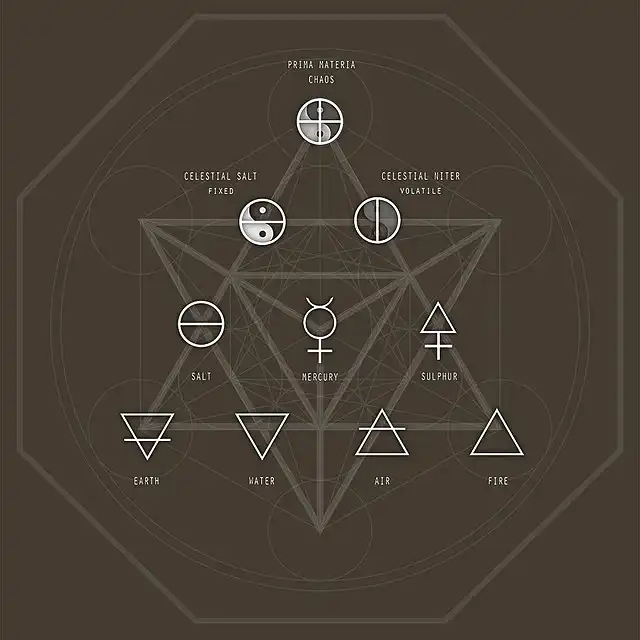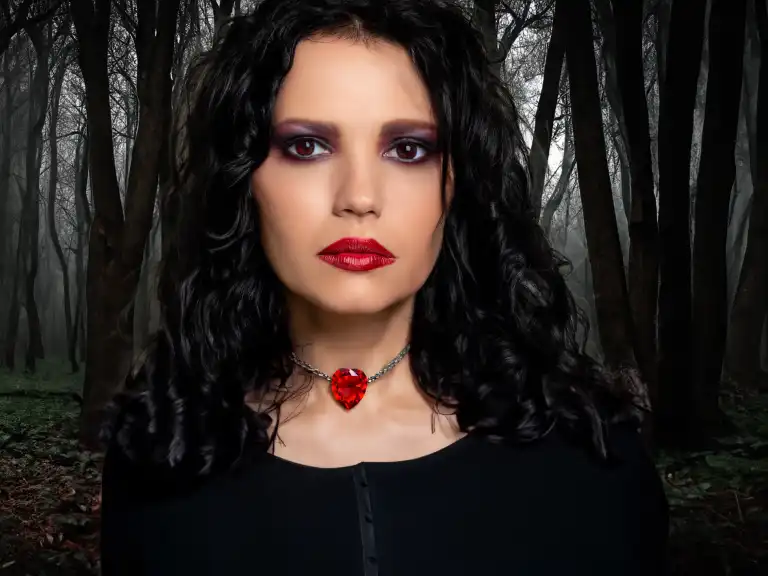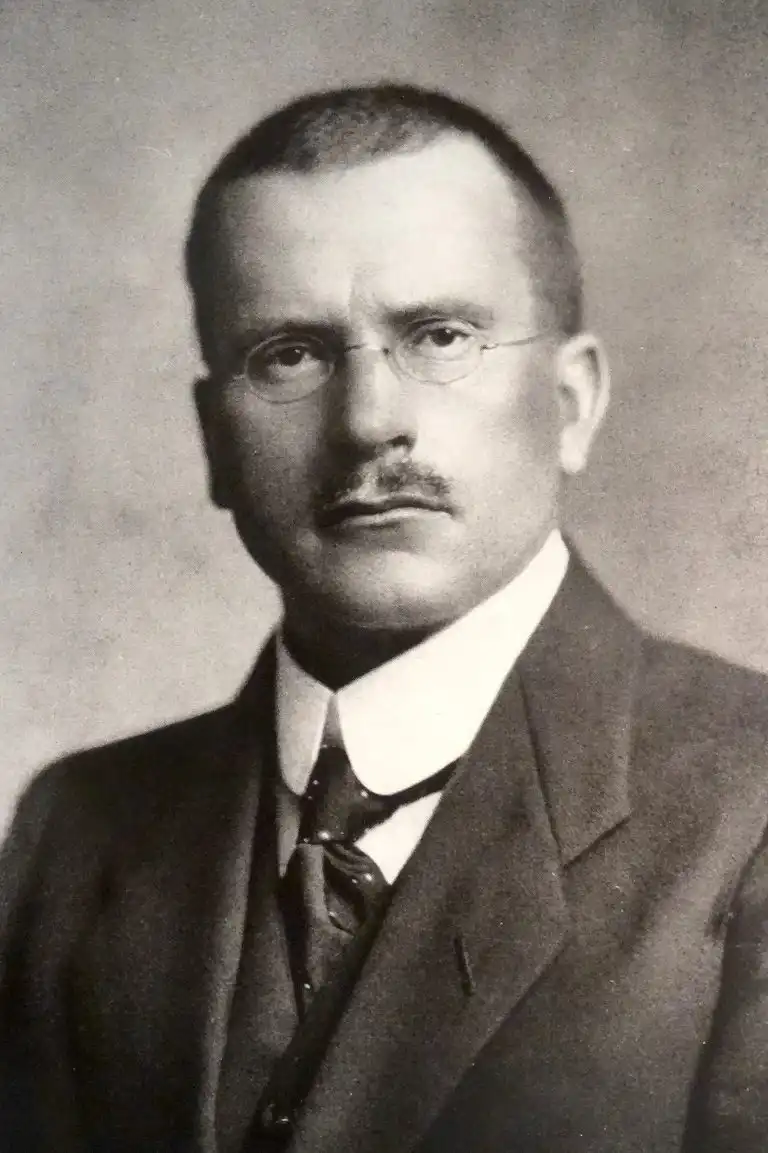
Archetypes of Carl Jung
In this post, we explore Carl Jung's theories on archetypes and their significance in shaping our behaviour. Archetypes are universal patterns of behaviour that are present across cultures and societies, and there are four primary archetypes: Persona, Shadow, Anima/Animus, and Self. Additionally, we discuss the 12 archetypes defined by Carol S. Pearson and Margaret Mark in their book "The Hero and the Outlaw," including the Innocent, Explorer, Sage, Hero, Outlaw, Magician, Regular Person, Lover, Jester, Caregiver, Creator, and Ruler.
Read MoreArchetypes of Carl Jung
